Every year, homeowners around the world resolve to finally tackle a long list of deferred maintenance projects. After years of hiding stains, cracks, and holes in the walls, we decide that this is the year everything changes. But a few months later, nothing’s been fixed. All it usually takes is realising you’re missing one tool, or reading a boring series of instructions, or running out of an essential material and deciding you can go to the hardware store some other day.
What you might need are a few shortcuts that can make most of your standard DIY home maintenance and repair jobs a little easier. Just knowing these shortcuts will remove most of the excuses you’re using to avoid making repairs around the house and make doing them just a little bit less frustrating. Of course, whether you want to remove those excuses is entirely a private matter between you and your god, because with great power comes great responsibility — once you know these shortcuts, you pretty much have to do those chores.
Dust your walls before painting them
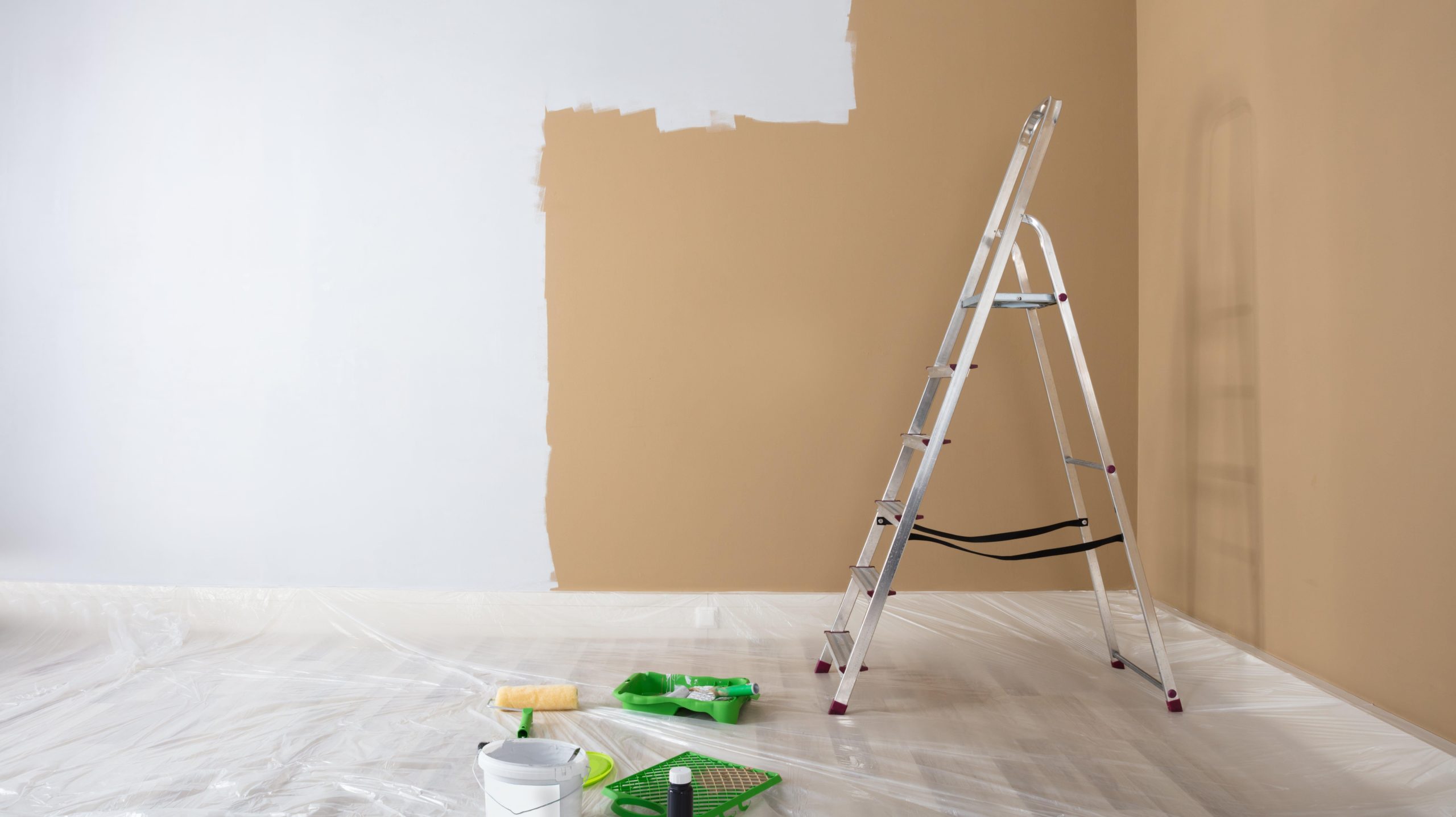
If painting a room in your house is on your DIY to-do list, one way to mitigate a potential disaster is to dust your walls first. Walls collect a lot of dirt and dust that can often be difficult to see — and most normal people don’t spend their weekends cleaning their walls. But when you paint over dust and dirt, you not only trap a layer of grossness under your paint, you also get a less-than-ideal finish. Dust compromises paint’s ability to stick, and can also cause unsightly bumps, texture, and bubbles. Using a standard Swiffer-style duster on the walls before you paint will save you some trouble and frustration.
Wrap your brushes and rollers in plastic
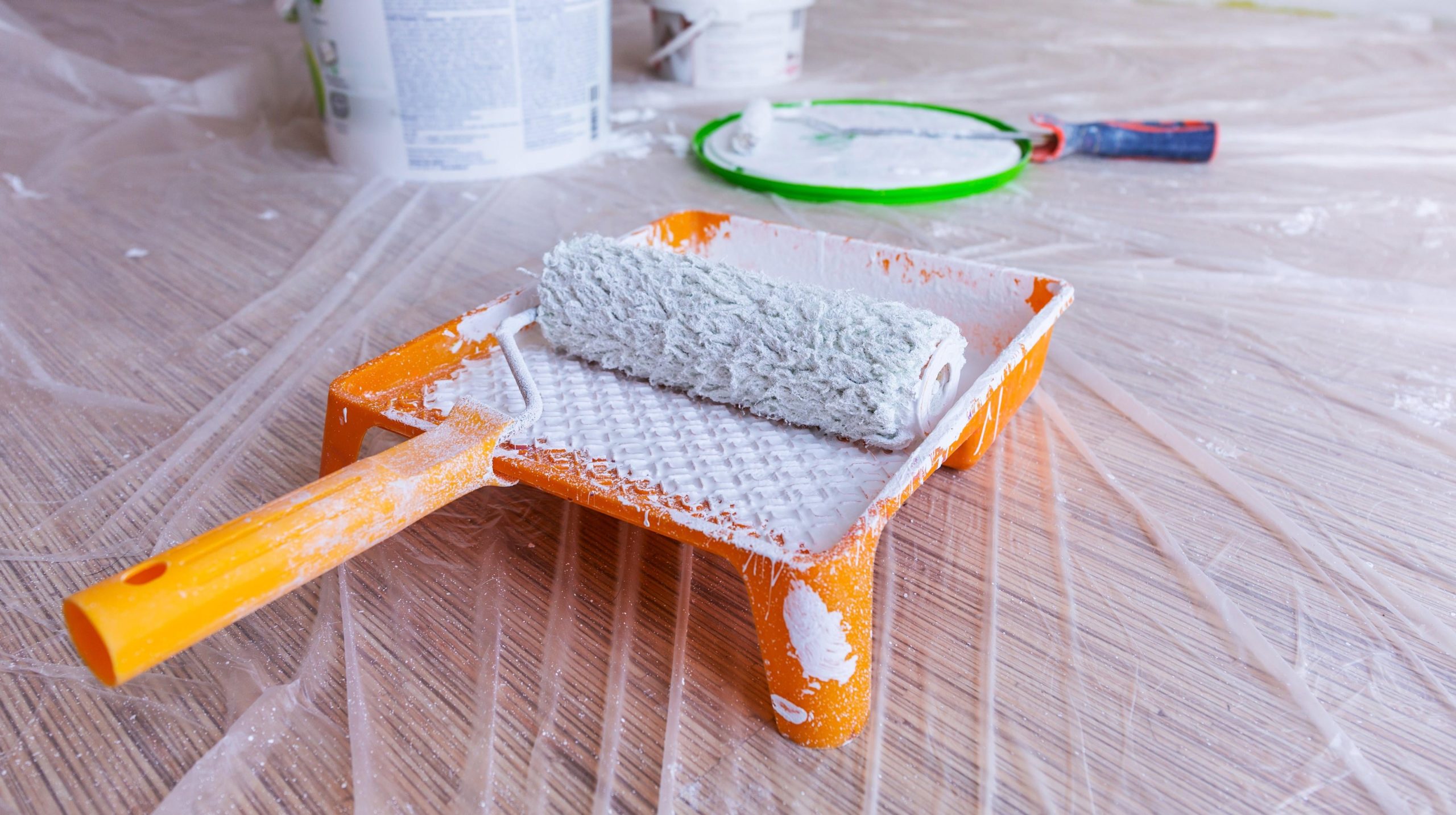
Painting a room takes longer than you think, and people often find the sun setting before they’ve made as much progress as they expected. This leaves them with the question of cleanup: If you leave your brushes and rollers sitting out, the paint loaded on them dries and they magically become trash. Cleaning them every single time you take a break is a pain, though.
The trick is, wrap your brushes and rollers in plastic when you’re done for the day. Seal the plastic off with some tape and they’ll stay fresh until the next day, no cleaning required. This can save you a lot of time while also reducing the times you have to clean your brushes and rollers to exactly once.
Use a washcloth if you don’t need a roller
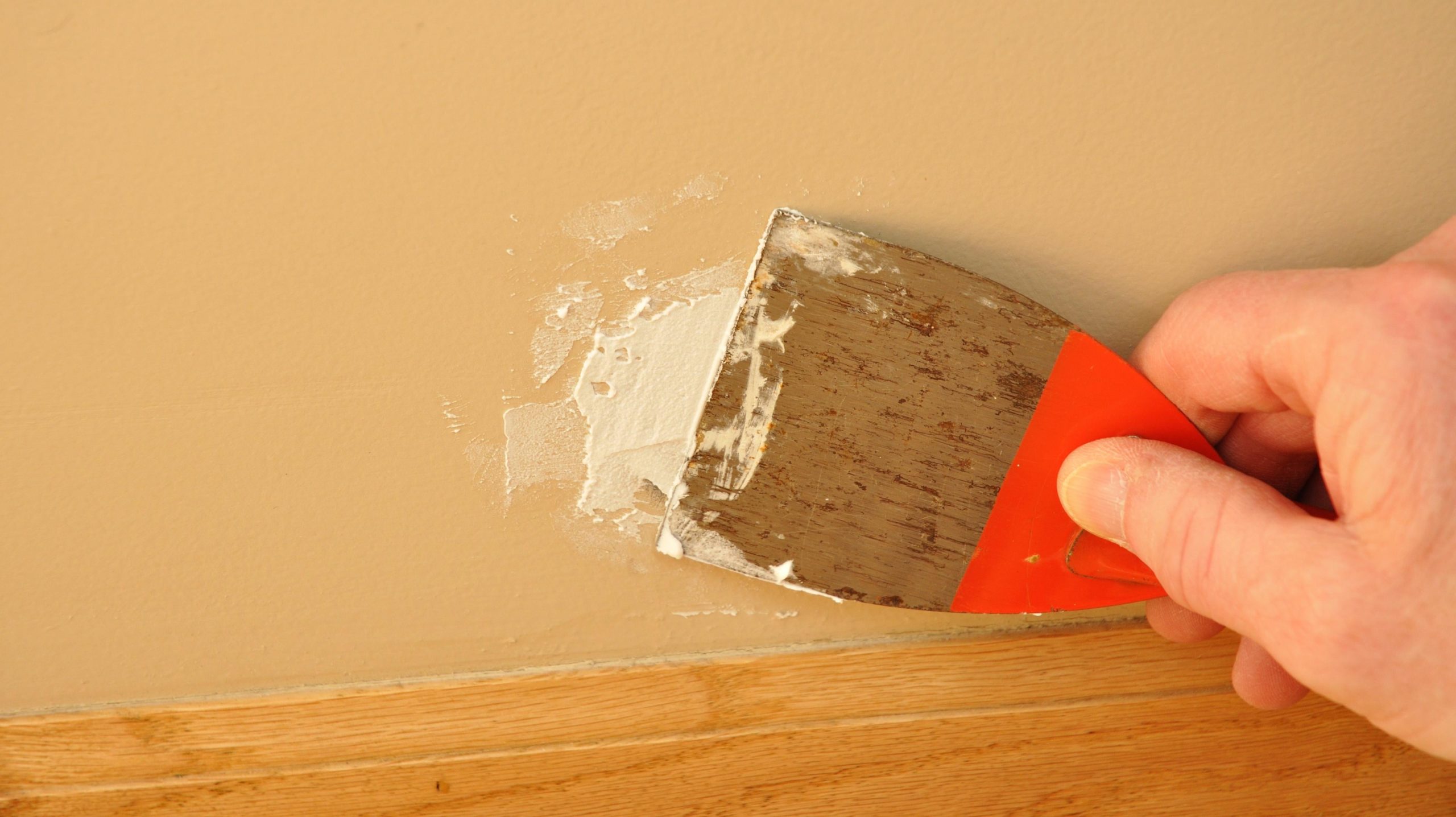
If you’ve got a small part of your wall that needs painting — say a recently repaired hole or a scuffed area — you might not have a roller, and a brush might leave noticeable brush marks that may not match the texture of the rest of the paint job.
An easy trick is to use an old facecloth or bath towel. Dip the towel into your paint and dab it onto the spot. The texture of the cloth will match up well with the texture of a paint roller and the end result will be a closer match to the rest of the wall. Bonus: You can just throw the towel away when you’re done.
Scrub out hardwood floor scuffs with a tennis ball
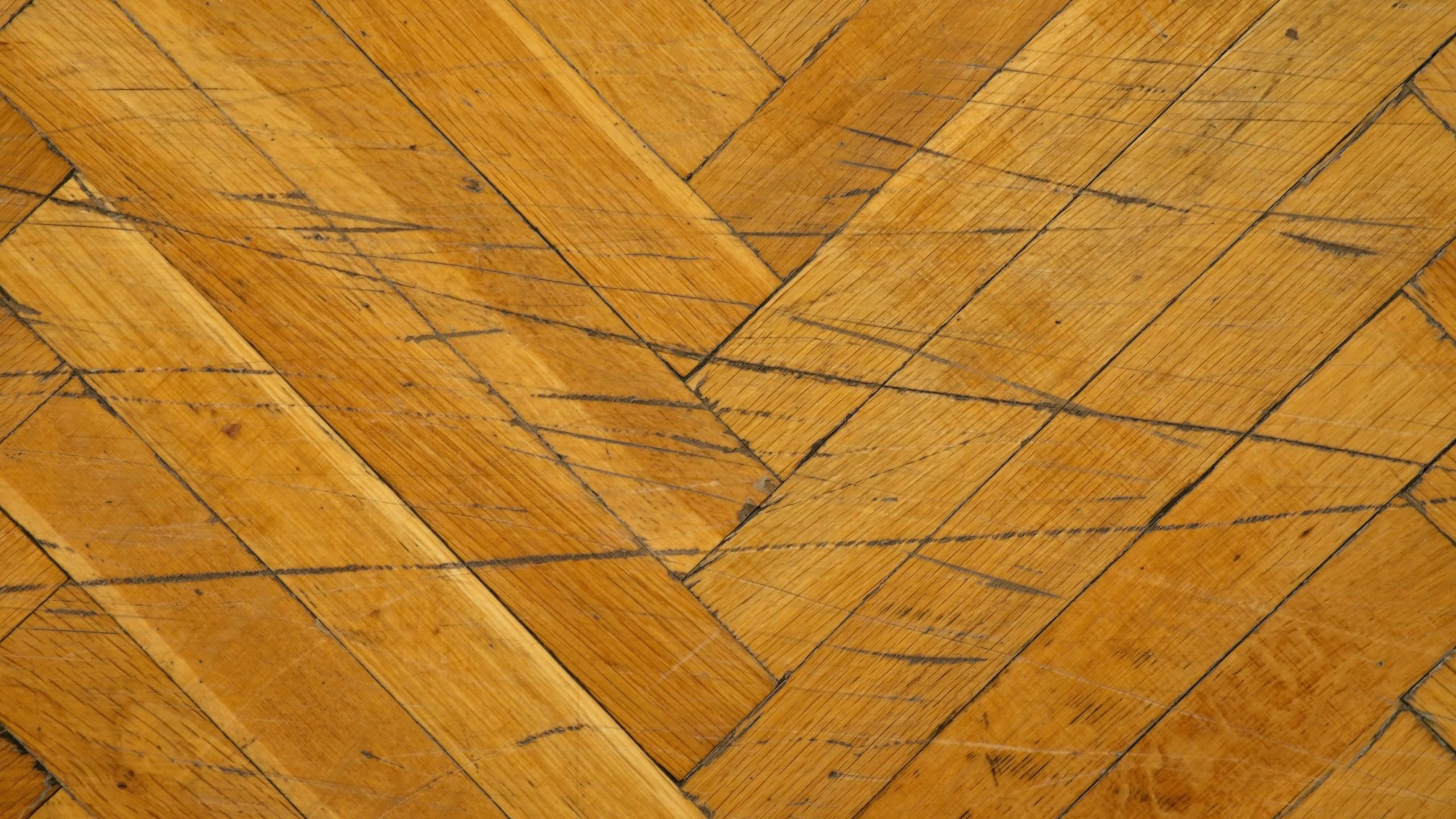
If you have hardwood floors, one of your DIY repair goals might include clearing up some of its many scuffs. And you might imagine that you need some advanced science or specialised tools, but a tennis ball can work magic.
Believe it or not, scrubbing gently with a tennis ball will get scuffs off your floors pretty easily. Pro tip: Use a brand new tennis ball, since the idea is to get dirt off your floors, not put more on them. Also, you can cut the tennis ball open and pop it on the end of a mop or broom handle to avoid having to get down on your hands and knees.
Iron out your hardwood floor dents
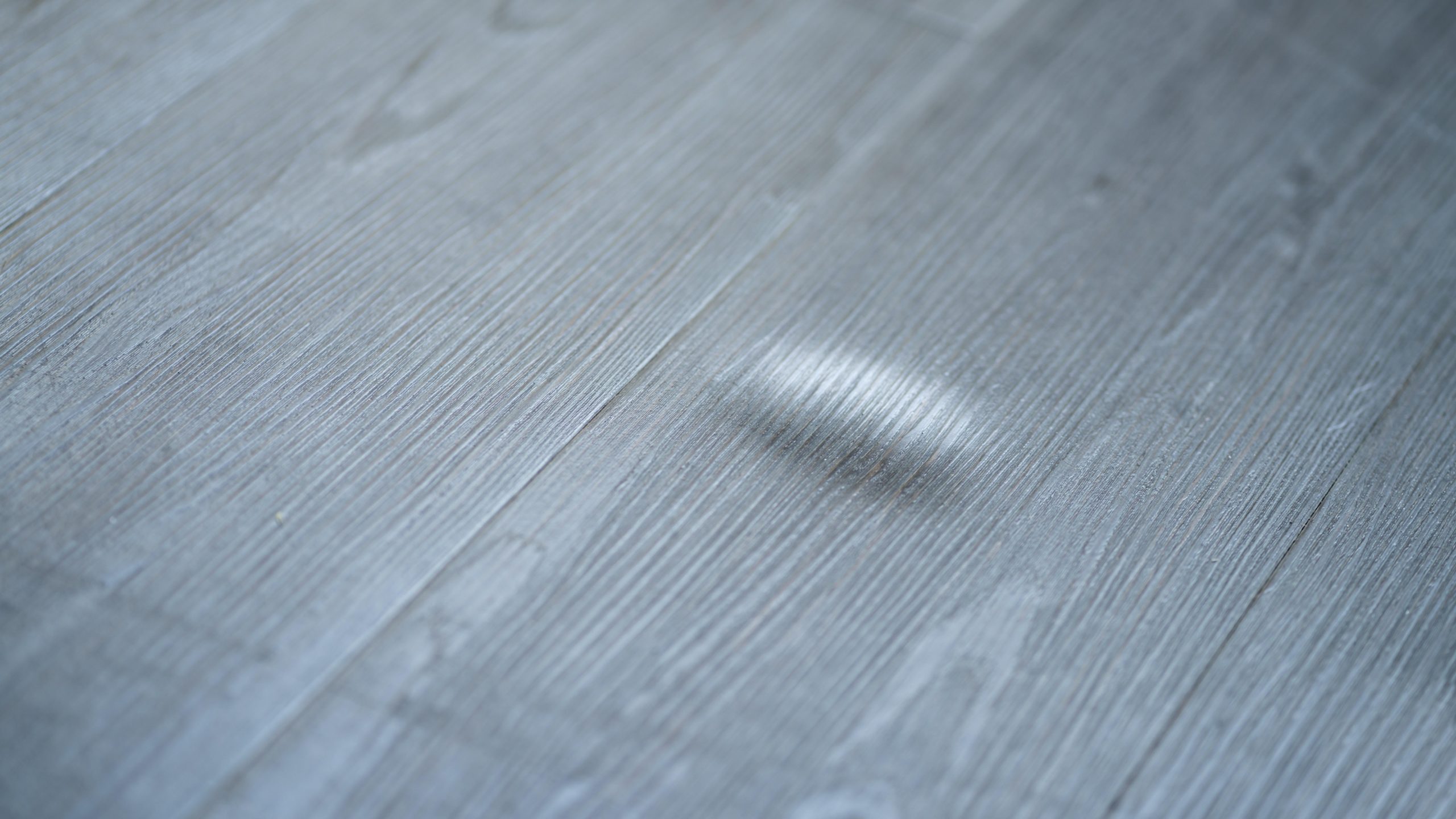
Hardwood floors are incredibly durable. Properly cared for, they’ll most likely outlive you, but they can still be damaged, including acquiring a number of dents. Surprisingly, you don’t need a belt sander, rebreather mask, and a can of polyurethane to fix them — all you need is a damp towel and an iron. It’s pretty simple, actually:
- Damp the dent with some water
- Place a damp towel on top
- Apply your iron on the highest setting and move it around in a circular motion for about 2-5 minutes, checking for progress.
The steam should eventually plump the wood and make it ‘pop’ back into position. This works best on unfinished wood, but will work on finished wood as well. With finished wood, you might need to deal with damage to the finish, but a light sanding and some Tung oil should do the job. Note that this will work on dented wood furniture, too.
Freeze out your carpet dents
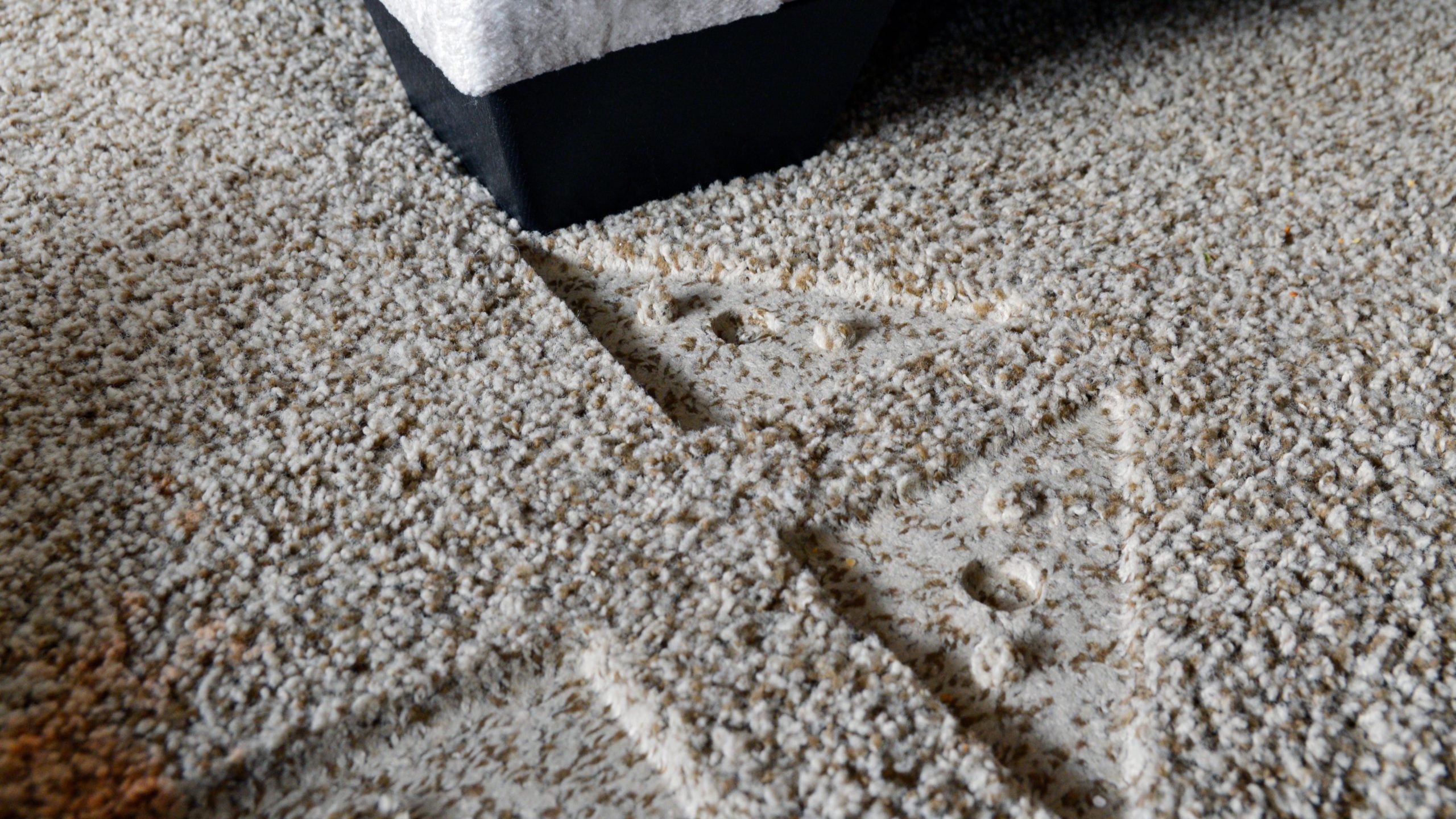
When you have carpet in your home, you know that whenever you move your furniture that you’ll reveal an outline of your room layout. Those carpet dents can be persistent — years can go by and they’re still there, like ghosts of furniture past. Getting them out doesn’t have to involve a carpet shampoo, though — all you need is ice.
Just put some ice cubes on the indented areas and let them melt. That’s it, that’s the shortcut. Well, you might need some patience, as it will take longer for those cubes to melt than you think. Once they’ve melted completely, blot gently with a towel, then use a butter knife or spoon to gently fluff up the area. Once it dries completely, your dents will be a thing of the past, just like that furniture.
Lube your window guides
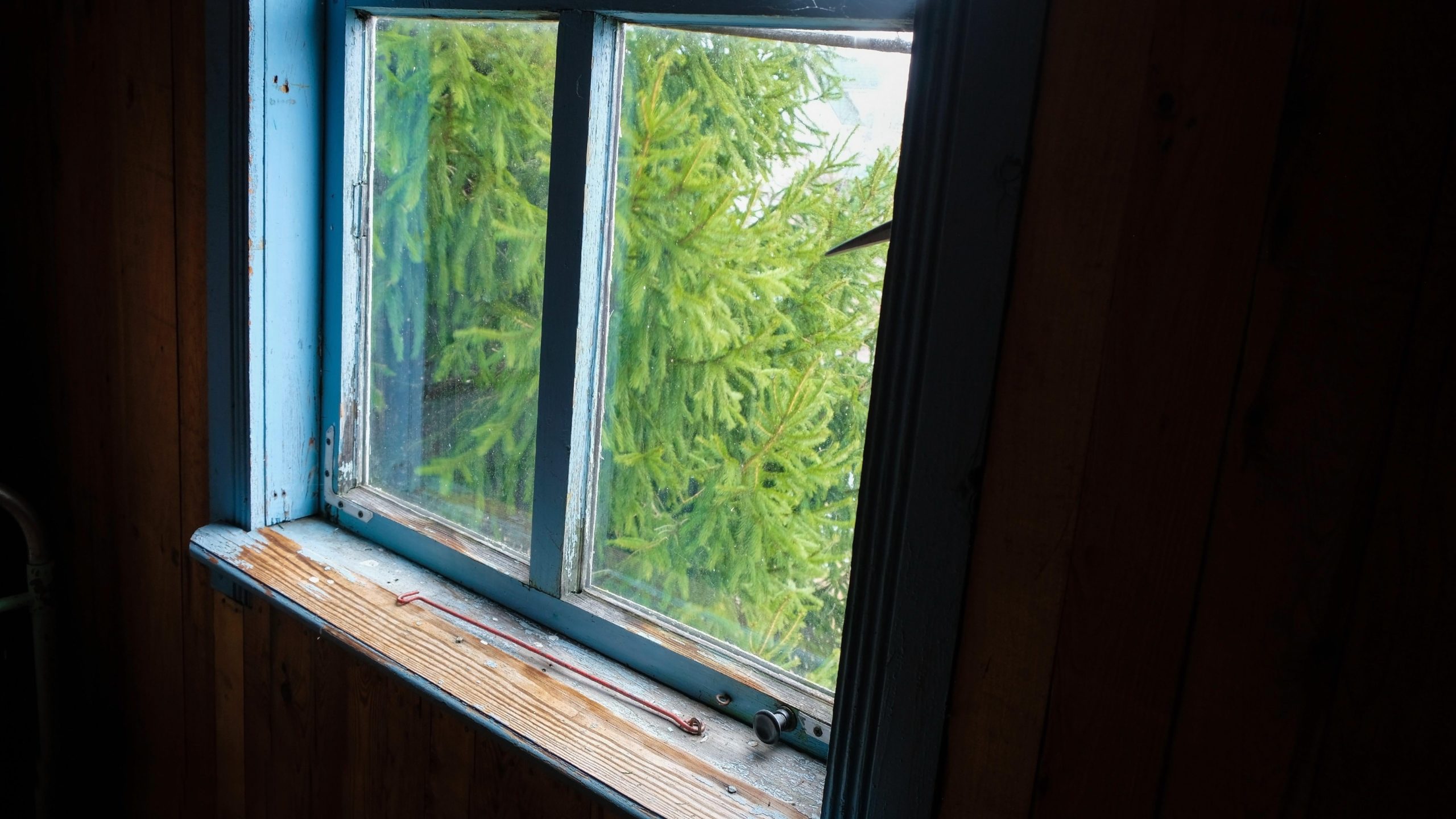
If you have older windows in your home, you’ve probably experienced a sticking window that shakes and squeals whenever you open or close it — or refuses to move at all. If that’s on your list of aspirational home maintenance chores this year and you imagine it’s going to be an all-day project involving great expense and many curse words…good news: All you need is some spray-on silicone lubricant.
Spray a little onto a rag and give the guides on either side of your window a good coating. Then work the window up and down a few times. You should notice an immediate improvement, and in many cases, this will solve the problem entirely. If you’re thinking that there should be more home repairs that involve magical science sprays, you are not wrong.
Take a picture of whatever you want to hang on your wall

If you’re a person with a full and happy life, chances are you have a lot of crooked photos and art on your walls, because hanging stuff properly is too hard. And if your house is more than a few years old, the chances of there being a straight line or 90-degree angle in there are small.
A great shortcut to level frames on your walls is to take a photo of the back of whatever it is you’re trying to hang. If it’s a frame with a wire, make sure it’s taut as it would be when hanging. Print those photos out and tape them to the wall, using a level to make sure they’re, um, level. Then drill or nail right through your photo.
The result? A perfectly accurate fastener and a perfectly level frame, instead of six holes in the wrong place and a frame that looks like you had a few beers while slapping it onto the wall.
Use plastic milk jugs as furniture moving pads
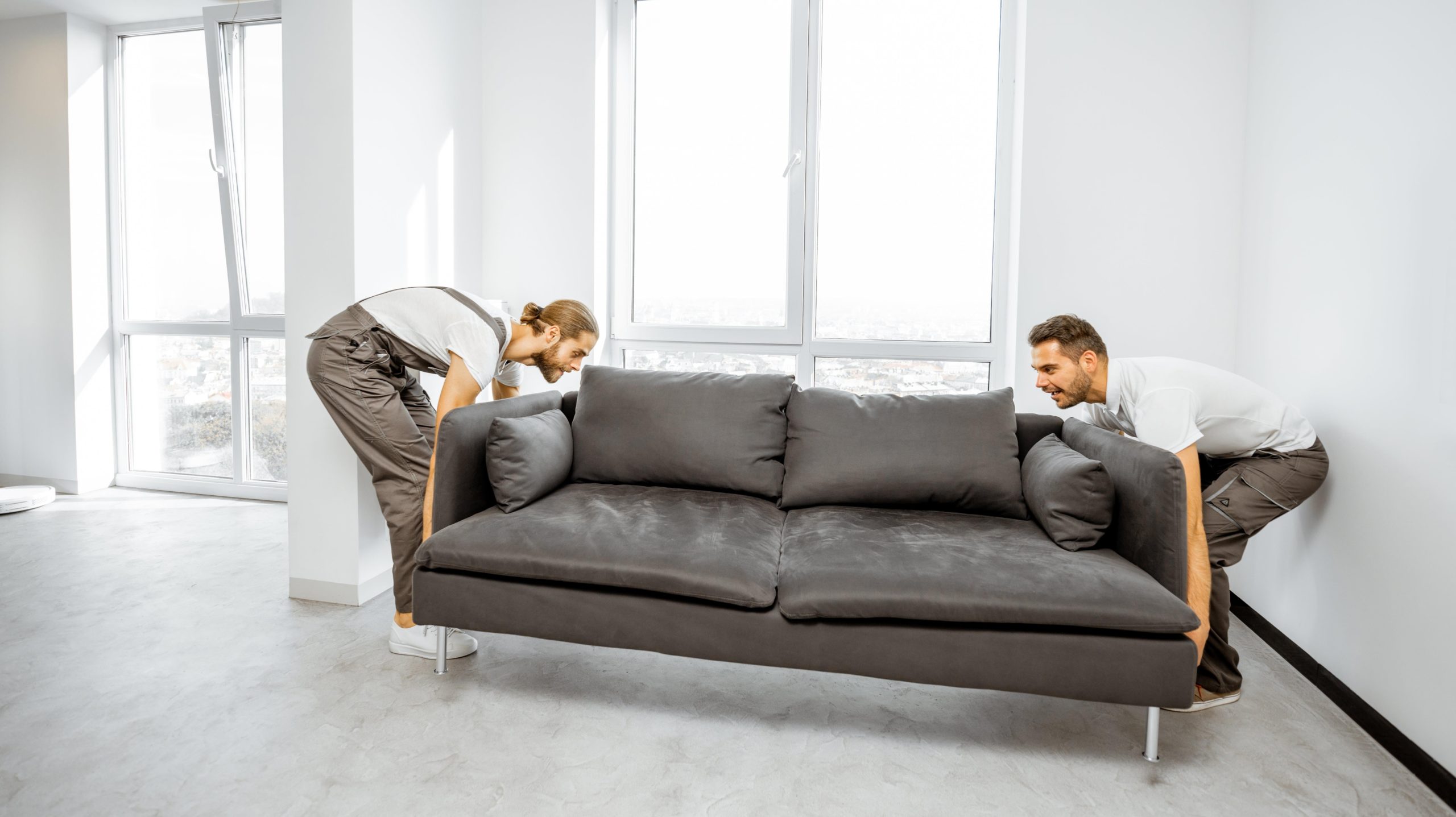
Moving heavy furniture means back strain, finding temporary storage space, and at least one serious scratch to your nice floors. This means you’ll have one more chore on your list in a cruel, endless loop.
If you don’t have any of those stick-on furniture moving pads, don’t sweat it. Just raid your recycling bin and grab some plastic milk or juice jugs. Wash them out and cut them down, then place them under each leg of your furniture. They’ll slide pretty easily and won’t harm your floors, making it simple to clear out the room — and simple to move everything back into place when you’re done.
Fix wobbly furniture with a cork
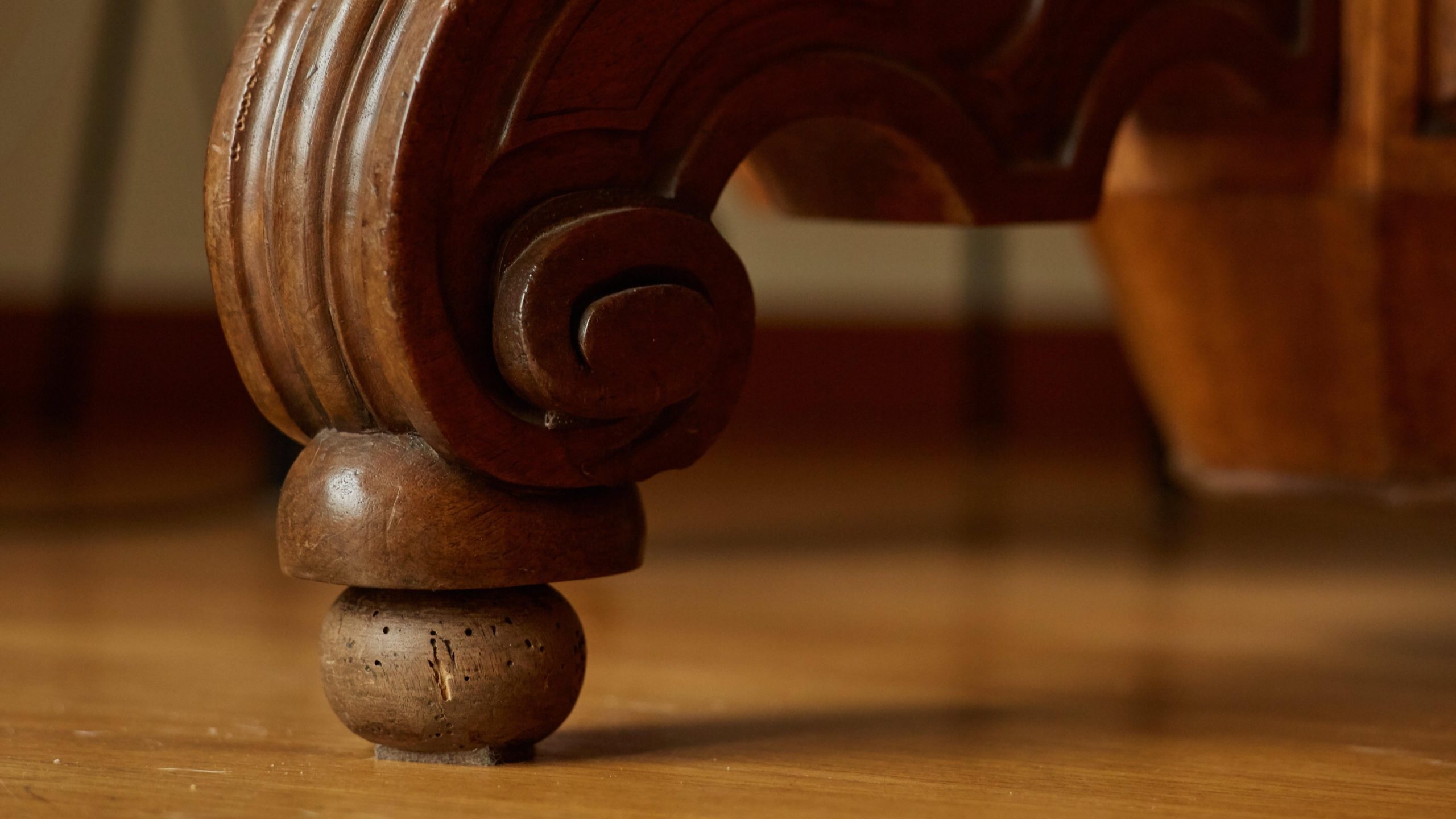
The thing about house repair and maintenance is how many annoying things wind up on your list — problems that don’t really impair your ability to enjoy your life or your home, but which irritate on a constant basis. A perfect example of this is a wobbly chair or table. Sure, you can still use the furniture, and it doesn’t really hurt you in any way, but every time that table wobbles a small part of you dies.
The fix is easier than you think. Grab a cork from an old wine bottle, measure the gap between your furniture leg and the floor, and cut a slice of cork to match (a utility knife works wonders here). Then just glue the cork in place and enjoy something approaching perfect level.
Use rubber bands on stripped screws
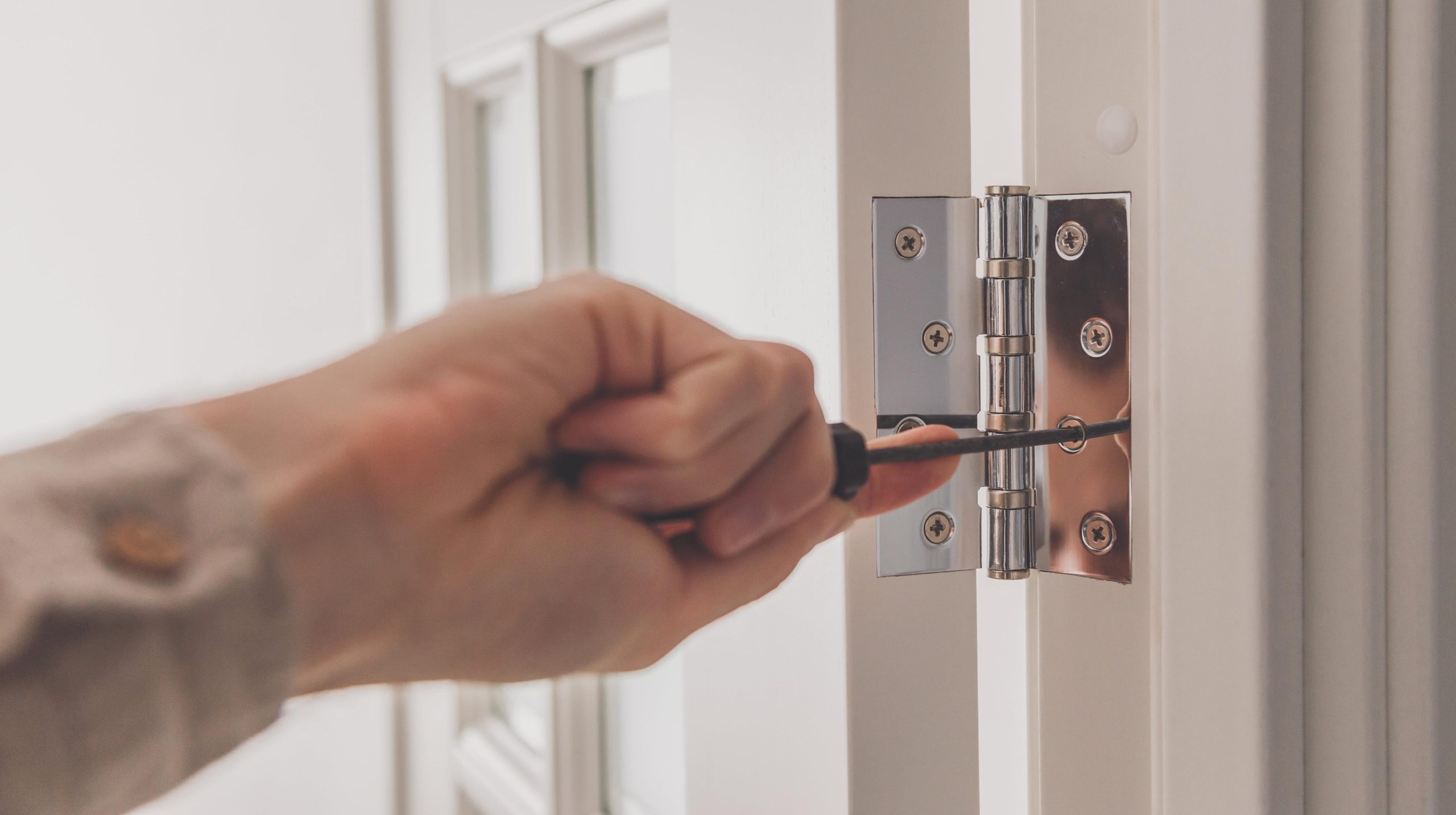
The horror of a stripped screw is that the harder you try to remove it, the more stripped it becomes — a vicious cycle that has no doubt led some homeowners to burn down their abodes and walk away to start a new life.
But it doesn’t have to be that way. If you’ve got a stubborn screw that has eroded to the point where no screwdriver can find purchase, just grab a thick rubber band. Place the rubber band between the screw and the screwdriver or bit — it will mould itself to what’s left of the screw’s indentations and provide extra grip and friction. With a little more patience you can easily work that screw free.
Add a brush attachment to your drill
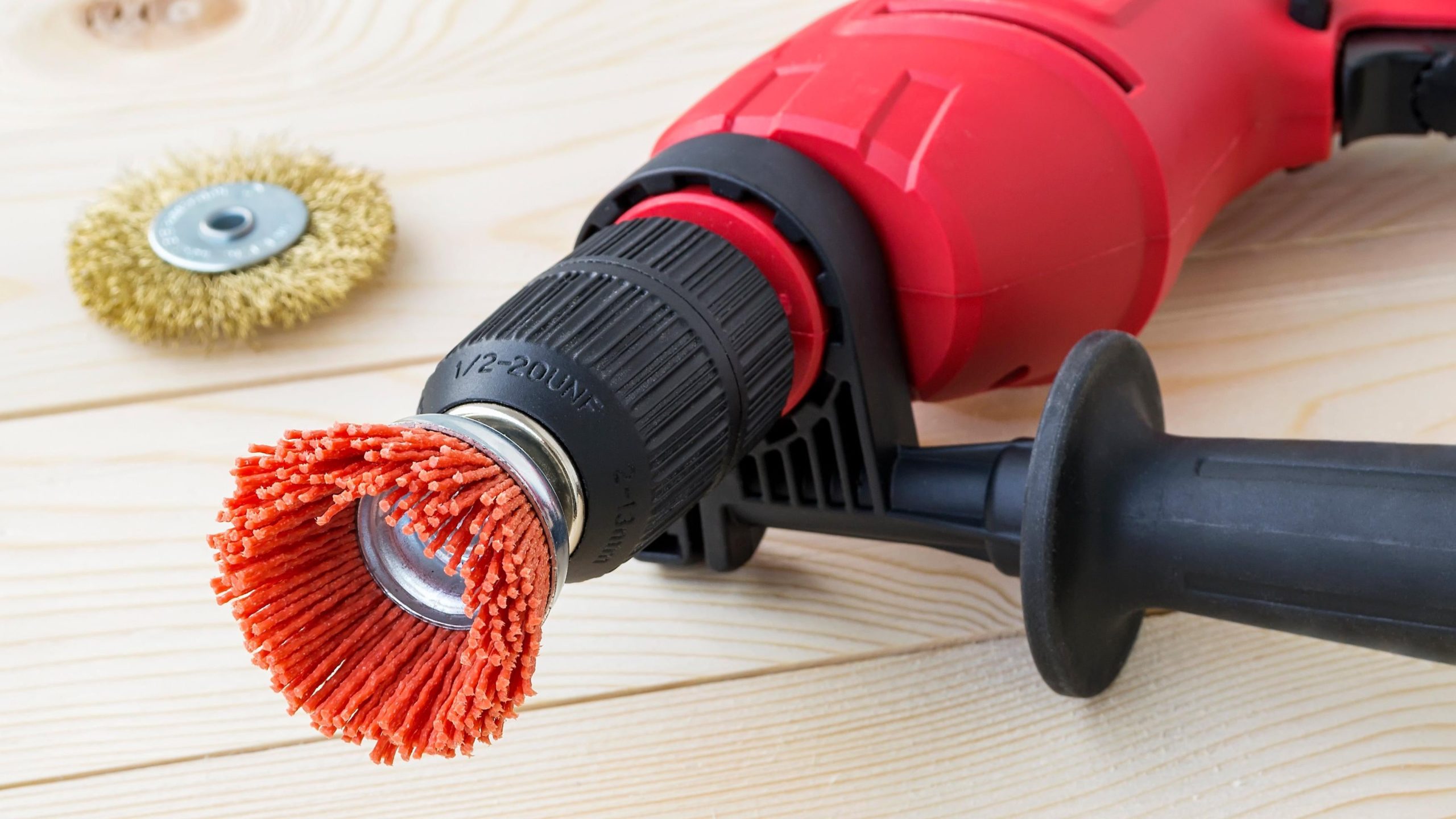
No one looks forward to being on their knees scrubbing away at kitchen tile grout or a moldy shower for hours — especially because the day you choose to do this particular bit of maintenance will probably be one of those perfect sunny days, with people laughing outside your window while you’re…scrubbing.
A great shortcut is to pick up a brush attachment for your drill. You see where this is going — the right bristle plus the powerful action of your drill will make scrubbing just about anything a lot easier — and a lot faster. You do want to be careful to choose an appropriate brush so you don’t scratch whatever it is you’re scrubbing, but having these brush attachments will absolutely change your life. Or at least the part of your life spent scrubbing things.
Patch holes in your wall with a butterfly patch
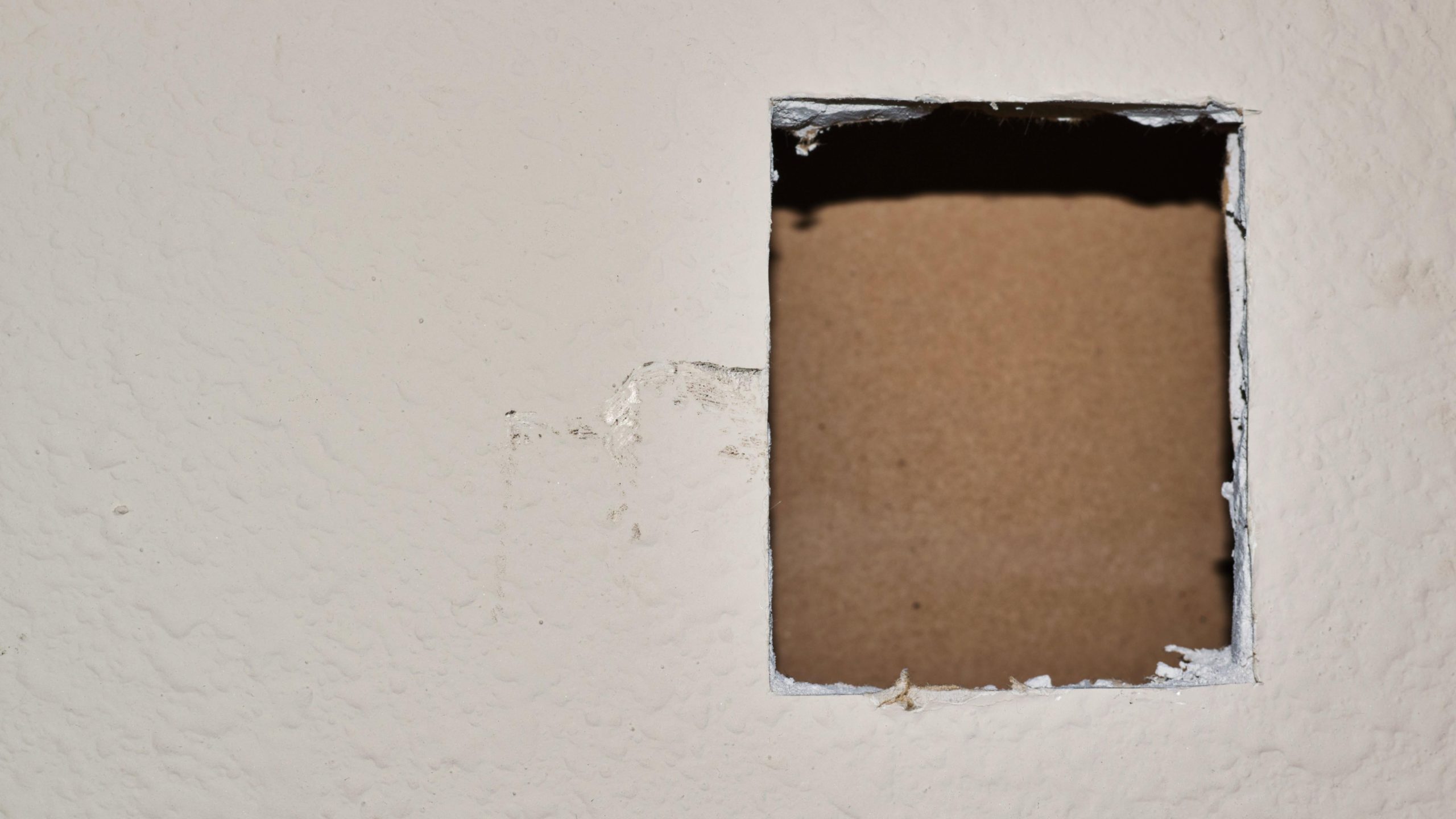
The butterfly patch should be taught in our nation’s schools, because it’s easily the most powerful shortcut for home repair and maintenance ever devised. If you have ever patched a hole in your drywall, you know it can be frustrating to get the seams hidden. You cut a piece of drywall, fix it in place, mud and tape it — and the hole is gone but the repair is super obvious.
Enter the butterfly patch:
- Measure the hole you’re patching, then cut a piece of drywall about an inch larger on all sides.
- Score the wall-facing side with a utility knife and snap that extra inch off all around.
- Carefully peel the gypsum away from the paper so that the paper remains.
- Coat the edges of the patch with mud and skim the area around the hole on the wall.
- Push the piece into place and mud around it, smoothing the paper against the wall. Voila! A seamless repair.
A few coats of mud and some sanding and no one will ever know that hole existed. You can even do this for round holes.
Use toothpaste to fix small holes in your wall
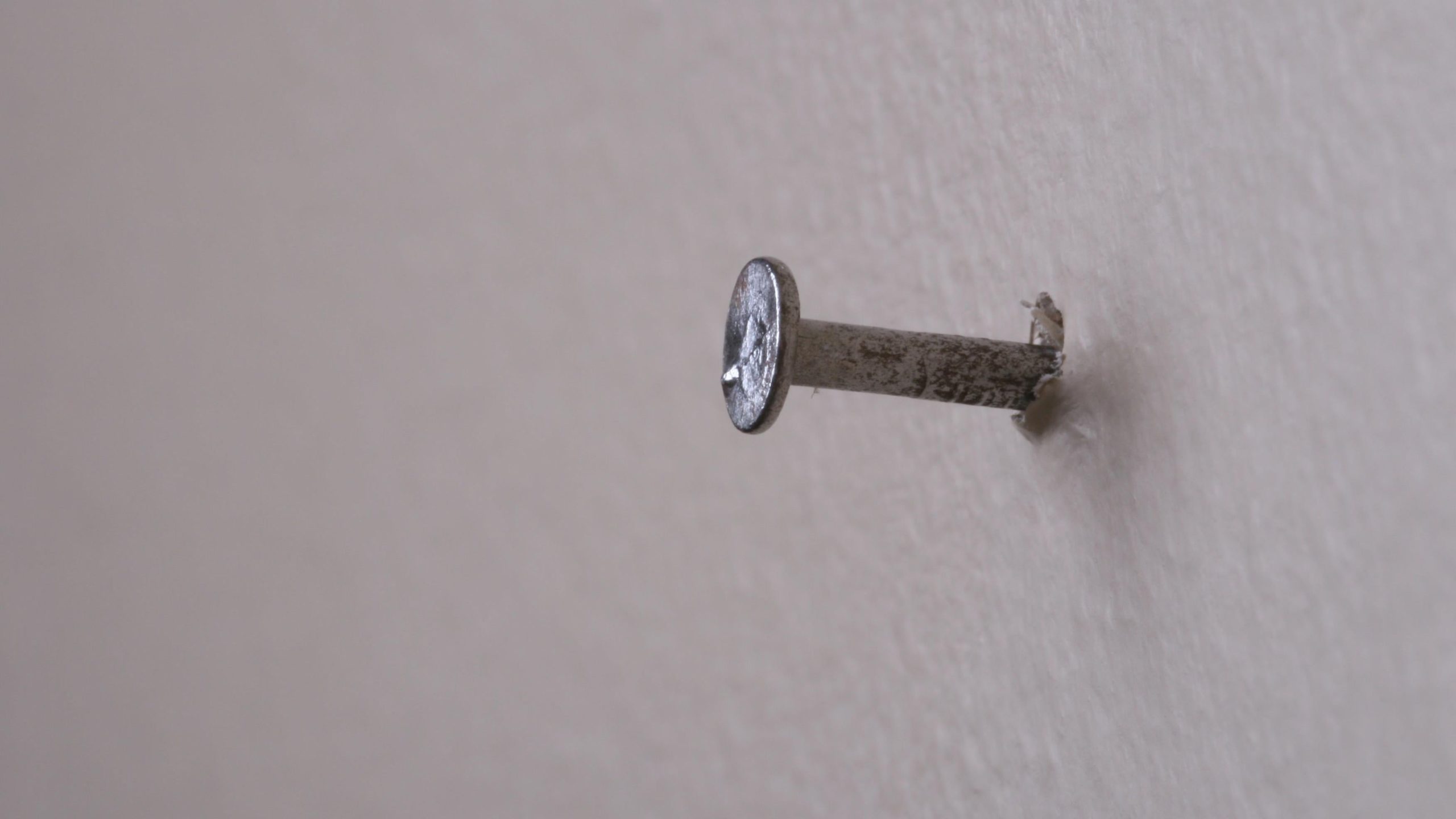
This is an old-school college dorm trick that a surprising number of people don’t know: If you have a bunch of small holes in your walls (from old screws and nails, most likely) and you don’t have any spackle on hand, some non-gel toothpaste (the white stuff) will do the job. Just push some into the hole and smooth it out, then paint over it once it hardens up a little. It’s not the most high-quality repair but it will last a surprisingly long time. It’s also a shortcut that will come in handy if you need a super fast repair — like when guests are coming, or you have an open house.
Use dowel pins to replace stripped screw holes
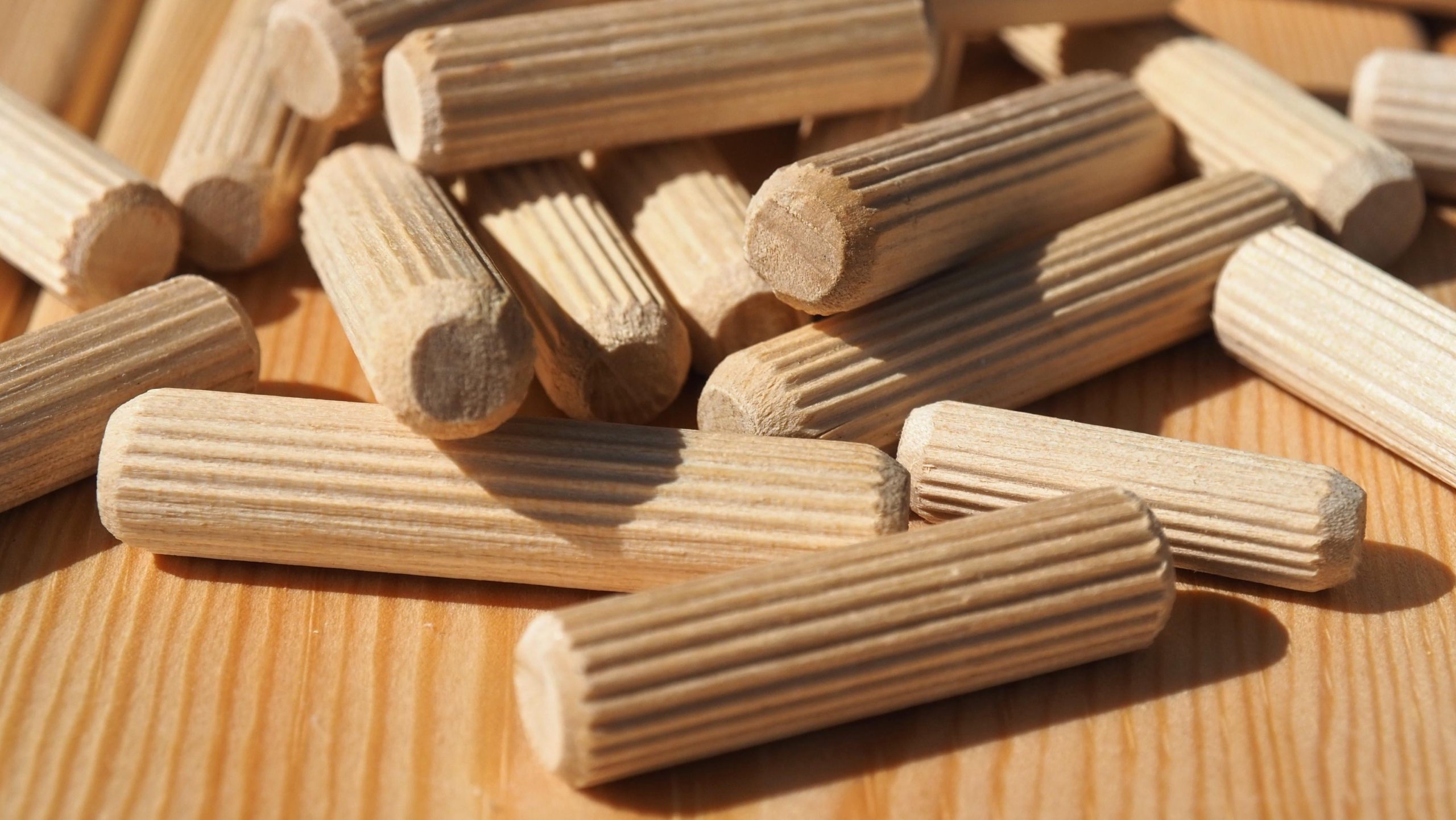
You can tighten up loose screws a few times, but we all know that once a screw gets loose it’s only a matter of time before it’s useless. Sometimes you can drill a fresh hole near the original location, but that’s not always an option. Luckily, there’s a simple shortcut to fix this:
- Buy a bag of dowel pins. They come in a variety of sizes, so get some that are approximately the size of the hole where your screw needs to be.
- Put some wood glue into the screw hole.
- Jam a dowel pin into the hole. You might need to tap it gently with a hammer or mallet to get it in there. If you can’t get it all the way in, you might need to cut off the end.
Once the glue dries, you’ll have a blank slate again — just re-drill your screw and it will hold like new.
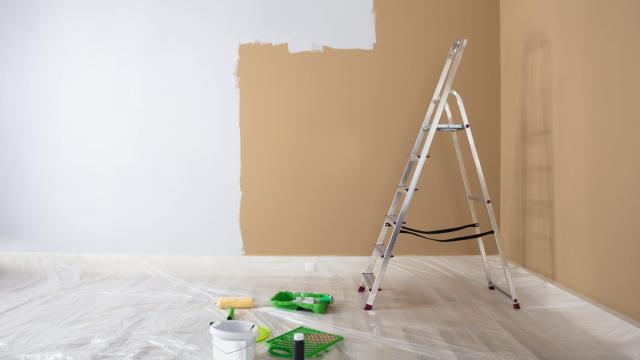
Leave a Reply
You must be logged in to post a comment.